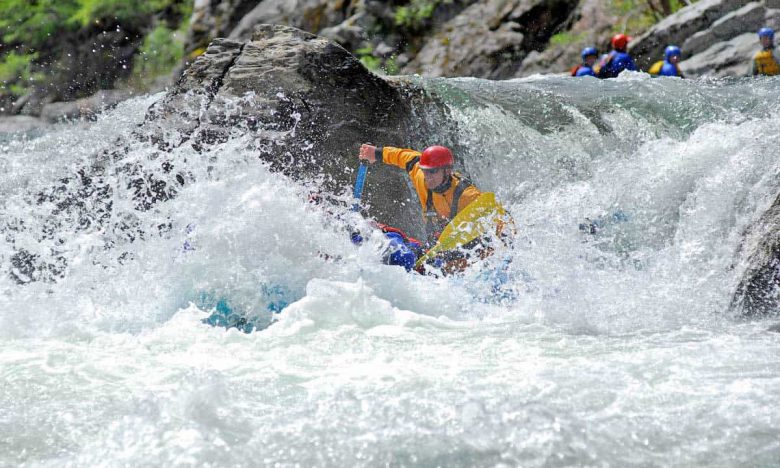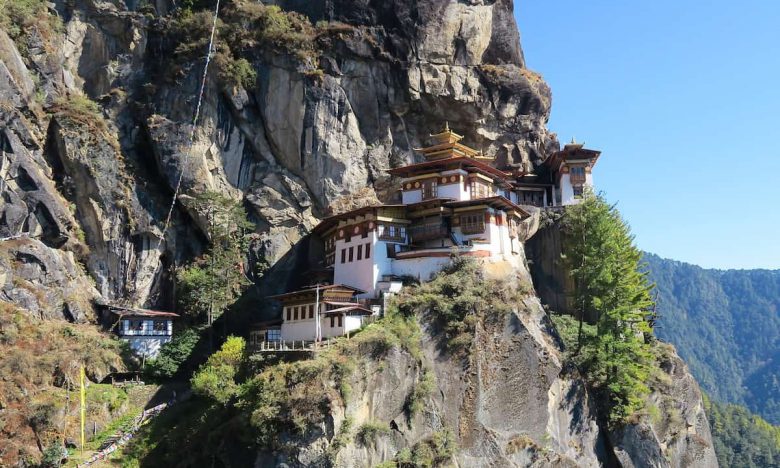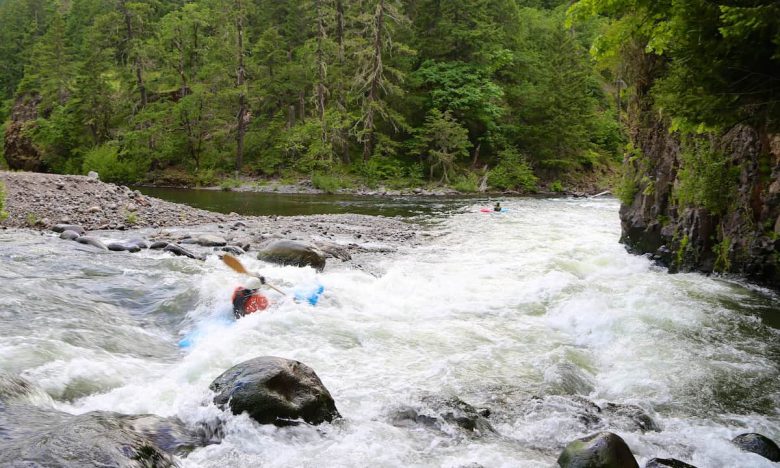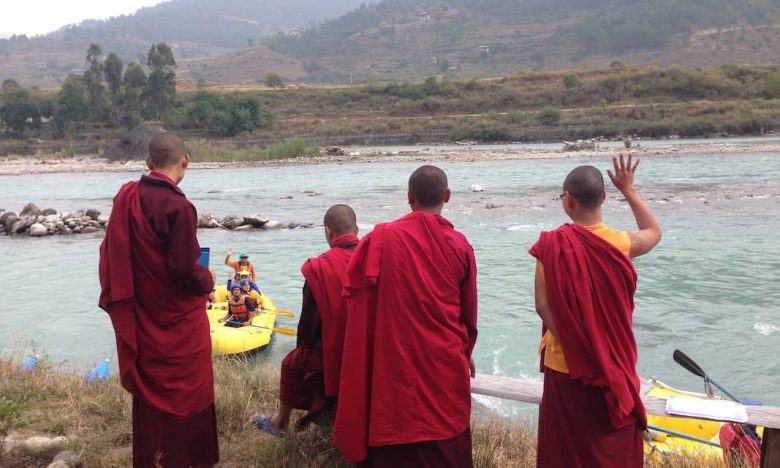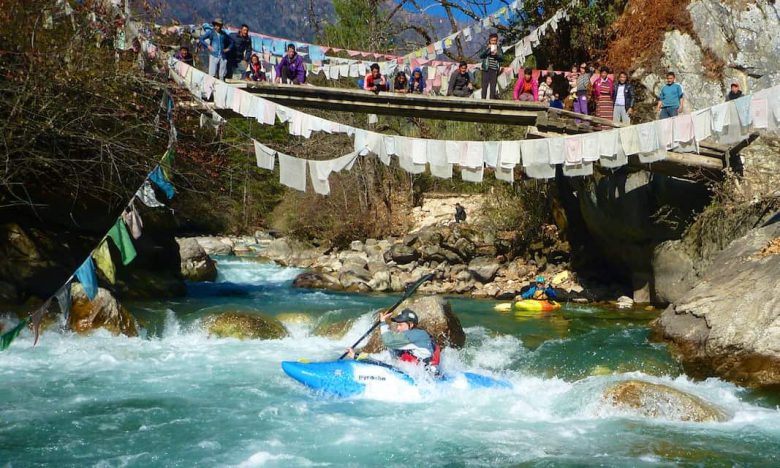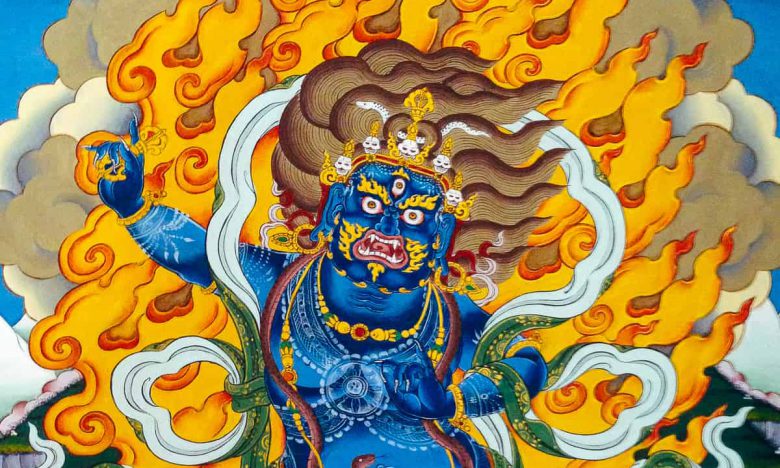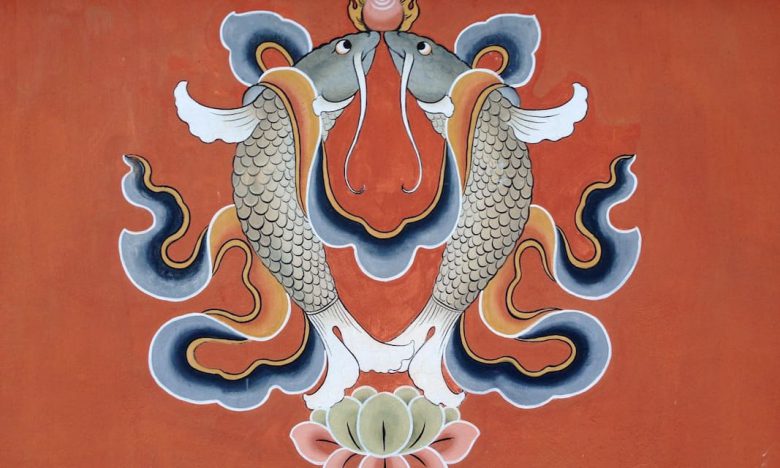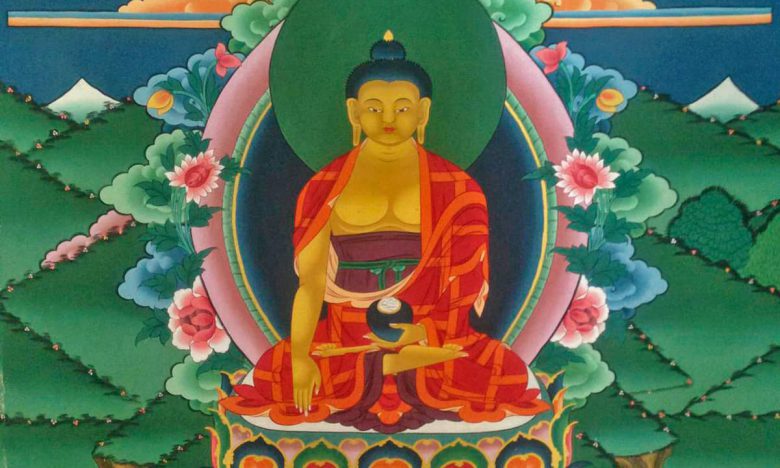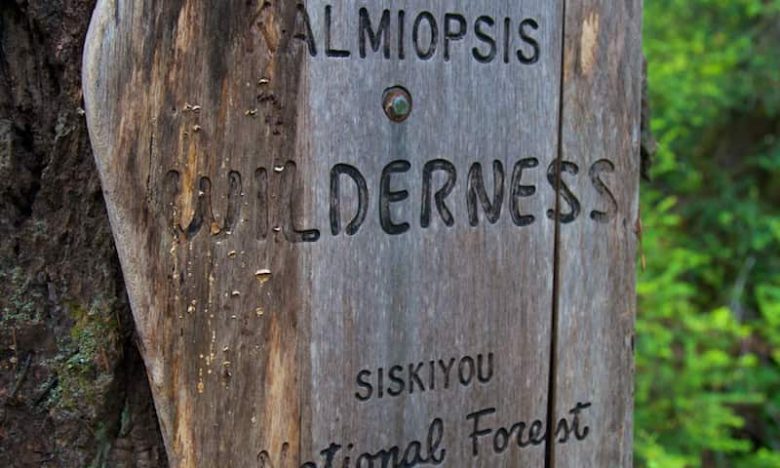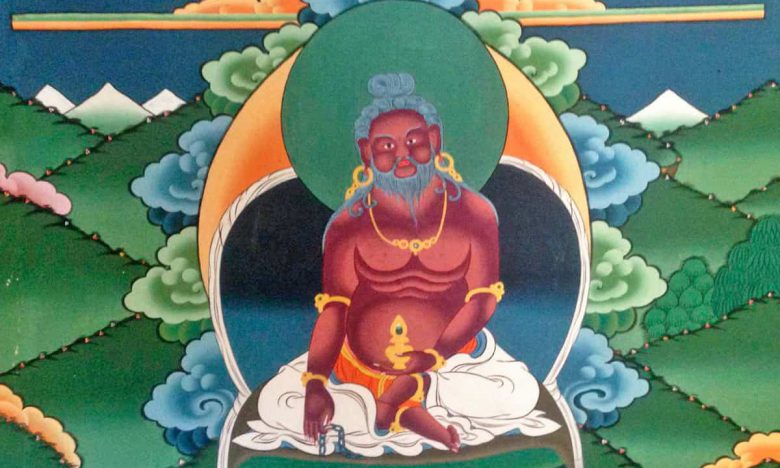Last year I wrote about the World’s 13 Legendary River Trips, a list of the best expedition style, multi-day river trips. That post was the catalyst for some great discussions about the most legendary single day rafting trips. What makes a trip legendary? The gold standard for a legendary rafting trip is one that is frequently inquired about, remembered, and rehashed around the campfire. The most important factor is great whitewater, but I also considered scenery, length of season, and reputation. I’ve attempted to order these… Read More
Blog
Categories
Length: 2.6 miles (one way) Starting Elevation: 8,525 feet Max Elevation: 10,232 feet Taktsang (commonly known as Tiger’s Nest) is one of the most sacred sites in Bhutan and a place you must visit when you visit Bhutan. It is also one of the most challenging monasteries to get to. Located at an elevation of over 10,000 feet, Taktsang is the birthplace of Bhutanese Buddhism. Guru Rinpoche flew here from Tibet on the back of a tigress which was the manifestation of his divine consort Yeshe… Read More
The confluence of the East Fork and West Fork of the Hood is a special spot for whitewater boaters, fishermen, and anyone who enjoys rivers. This property has been used by many years by rafters and kayakers as a take-out as the West Fork of the Hood or as a put-in for the main stem of the Hood River. This river access was private property until 2006 when Western Rivers Conservancy began purchasing the land from Longview Fiber and PacifiCorp in an effort to conserve Salmon… Read More
We just finished our sixth season and it has been our biggest and best year ever. Thank you to our world-class guides, amazing guests, and partners who made this season a success. Here are some of our highlights. Wild Rivers Night In 2014 we moved our wildly popular Wild Rivers Night to the Patagonia Store in Portland. It was another great event with beverages from Sierra Nevada and Nectar Creek Honeywine, powerhouse speakers, and river conservation legend Tim Palmer as master of ceremonies. First Descent in… Read More
Few rafters and kayakers have ventured into Bhutan due to its policy of “high value and low impact tourism,” which requires a minimum $250/day minimum fee to visit, leaving many of the rivers and creeks unexplored. After four years of guiding trips trips in Bhutan I was fortunate paddle one of those unexplored rivers. The Paro Chhu (Paro River) begins on one Bhutan’s highest and most sacred mountains, Mount Jomolhari (24,035 feet) and then tumbles through the Himalayas to the town of Paro, which is home… Read More
The wrathful deities are form that Buddhas or Bodhisattvas (gods) may take to scare off demons, subdue demons, or remind people to be good. They most often stand in the warrior pose (Pratyalidhasana), are surrounded by flames, have razor sharp fangs and a protruding belly. A third eye in the center of their forehead signifies insight and wisdom. The five skull crown represents changing the five poisons (desire, anger, ignorance, pride, and jealousy) to the five wisdoms. Chana Dojre Chana Dorje (also known as Vajrapani) is… Read More
It won’t take longer than a five minute stroll through any monastery, street, or bridge in Bhutan to find artistic representations of the 8 auspicious symbols of Buddhism. But these symbols aren’t present just for aesthetics. They represent the offerings received by Buddha from the gods after his enlightenment. By searching for deeper meaning in these symbols, we can become better people, and perhaps just as importantly, better whitewater enthusiasts. The Endless or Eternal Knot represents interaction, or cause and effect. Much like the eternal knot,… Read More
Bhutanese culture centers around Buddhism and there are many significant cultural figures you will see depicted throughout the country. The three most important figures in Bhutan are the Buddha, Guru Rinpoche (pronounced “Goo-roo Rin-po-ch-ay”), and Shabdrung Ngawang Namgyal (or just “Shabdrung” and pronounced “Shab-Drung”). These three are commonly portrayed together in statues and in paintings known as thangkas (pronounced “tonkas”). The Buddha is typically depicted in the center with Guru Rinpoche to his left and Shabdrung to his right. As we travel through Bhutan it will… Read More
They have names like Frank Church, Mokelumne, Mount Hood, Kalmiopsis, and Ansel Adams. They are legally designated Wilderness and part of our National Wilderness Preservation System. On September 3rd, 1964 President Lyndon B. Johnson signed a framework into law that would protect wild areas in the United States. Today is the Wilderness Act’s fiftieth birthday. We are lucky to have the Wilderness Act. National Parks in the United States and around the world have historically encouraged road building and structures that increase visitation and use. “The… Read More
One of the first places we visit on our tour of Bhutan is the famous iron bridge at Tachog Lhakang. This 600 year old bridge crosses the Paro Chhu (Paro River) and was traditionally restored in 2005 after being washed away during a 1969 flood. The bridge was originally built by the legendary Tibetan architect, physician, blacksmith and civil engineer Thangtong Gyalpo who is an important figure in Bhutanese and Tibetan history. Thangtong Gyalpo, the Iron Bridge Builder While Thangtong Gyalpo is lesser-known by tourists, he… Read More
